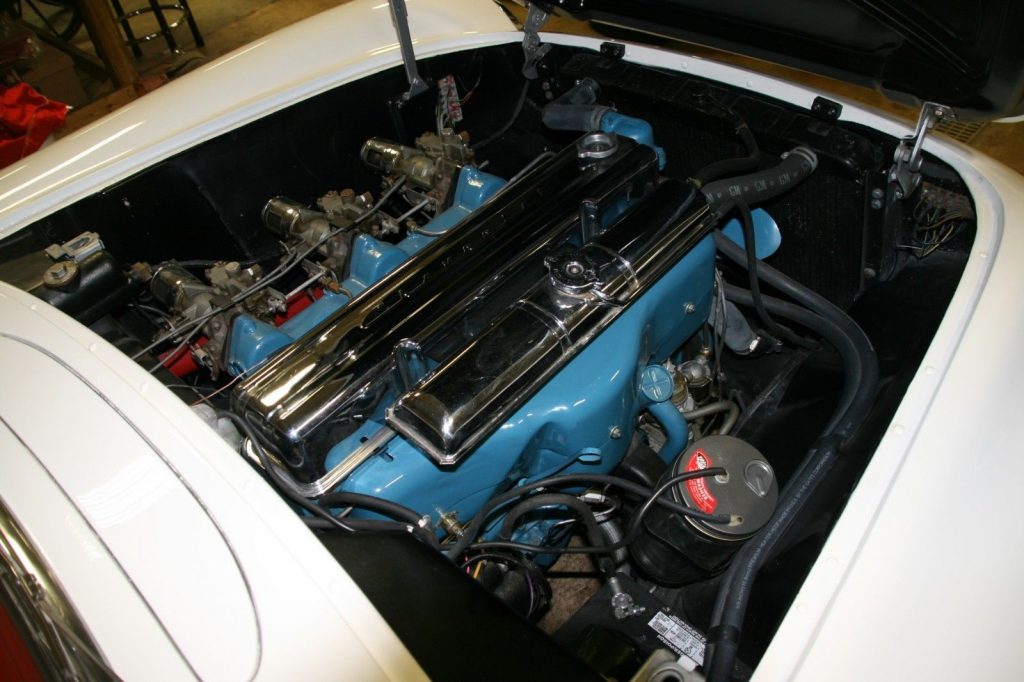1953 – 1955 Corvette Blue Flame Engine
Today, the Corvette is most often categorized as one of America’s most prized performance cars. However, this was not always the case. Prior to the days of GM’s domination of the small-block market, or even the big-block beasts of the 1960s, the Corvette was offered with only one available engine, the Stovebolt inline-six-cylinder.
Often referred to as the “The Blue-Flame”, the Stovebolt-Six’s performance characteristics were anything but “fiery”. Quite the contrary, the Corvette, in its earliest form, was often ridiculed for being underpowered, in comparison to many comparable European sports cars of the era. Nonetheless, the Blue-Flame Stovebolt-Six served as the Genesis of Corvette power, if only for a brief period of time.
No Subscription? You’re missing out
Get immediate ad-free access to all our premium content.
Get Started



